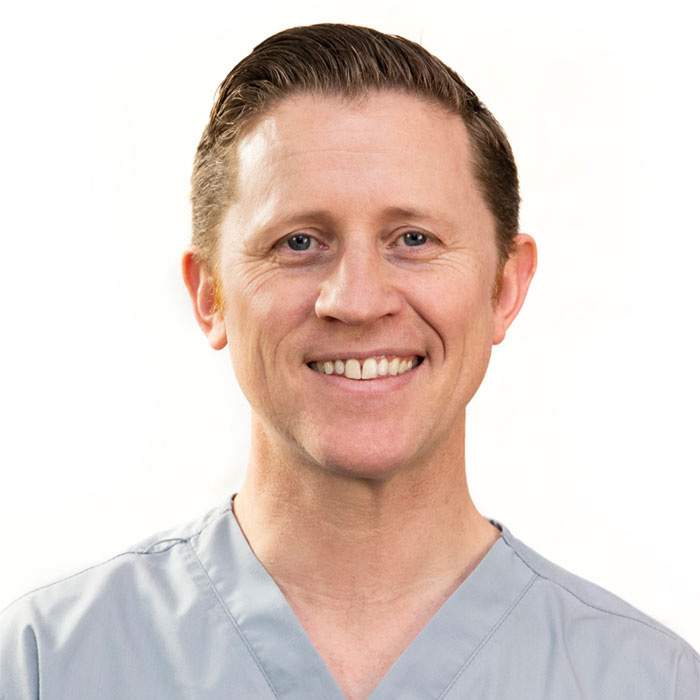Everyone develops dental plaque, a sticky, fuzzy film that constantly forms on your teeth. While it’s a normal occurrence, managing it effectively is the cornerstone of good oral health. If left unchecked, plaque can lead to cavities, gum disease, and other serious dental issues.
This guide will walk you through exactly what plaque is, how it becomes a bigger problem, and most importantly, the proven methods for removing it at home to keep your smile healthy and bright.
What is Dental Plaque?
Dental plaque is a sticky, colourless film composed of bacteria, food particles, and saliva. When you eat sugary or starchy foods like bread, pasta, or soft drinks, the bacteria in your mouth feed on these particles, producing acids. This combination of bacteria, acids, and carbohydrates creates the film we know as plaque.
You can often feel it by running your tongue over your teeth—if they feel like they’re “wearing tiny sweaters,” that’s plaque. While technically colourless, plaque can absorb stains from coffee, tea, or red wine, contributing to tooth discolouration.
From Plaque to Tartar: When Things Get Hard
The real danger begins when plaque is not removed. Over time, it mineralises and hardens into a substance called tartar, or dental calculus. Tartar is a crusty, yellow or brownish deposit that forms on your teeth, both above and below the gum line.
This is the most critical difference to understand: You can remove plaque at home with daily care, but only a dentist or hygienist can remove hardened tartar. Tartar provides a rough, sticky surface for even more plaque to attach to, creating a cycle that can lead to serious complications like bad breath (halitosis), cavities, gum inflammation (gingivitis), and advanced gum disease (periodontitis).
How to Remove Plaque: Your Daily At-Home Toolkit
Consistent, proper daily habits are the most powerful way to remove plaque and prevent tartar from ever forming.
Master Your Brushing Technique
Brushing correctly is your first line of defence. Brush your teeth twice a day for a full two minutes each time, making sure it’s the last thing you do before bed. Use a toothbrush with a small head and soft or medium bristles, along with a fluoride toothpaste (at least 1,350 ppm). Remember to spit out the excess toothpaste, but avoid rinsing with water immediately to let the fluoride work its magic.
Don’t Skip the Floss
Flossing or using interdental brushes is essential for removing plaque from between your teeth and under the gum line, areas your toothbrush simply can’t reach. Studies show that flossing before you brush removes more plaque. If you have gaps between your teeth, interdental brushes are an excellent alternative.
Use Mouthwash Strategically
An antiseptic or antibacterial mouthwash can help kill the bacteria that cause plaque. To avoid washing away the fluoride from your toothpaste, use mouthwash at a separate time, such as after lunch. If you do use a mouthwash, make sure it is alcohol free.
Support with Lifestyle Habits
Cut back on sugary and starchy foods and avoid tobacco, as it significantly increases your risk of tartar. Crunchy foods like apples and carrots can help naturally clean your teeth, and chewing sugar-free gum after a meal can help if you can’t brush by stimulating more saliva production.
Common Mistakes to Avoid for a Healthier Smile
Our team often sees patients who are trying their best but have picked up a few common habits that can get in the way of effective plaque removal. Here are a few mistakes to avoid:
Brushing Too Hard
More pressure doesn’t mean cleaner teeth. Brushing aggressively can damage your enamel and irritate your gums, without being any more effective at removing plaque. A gentle, consistent motion with a soft-bristled brush is all you need.
Forgetting the Gumline
Plaque loves to hide where your teeth and gums meet. When brushing, be sure to angle your toothbrush at about 45 degrees towards the gumline to gently clean this critical area.
Using Toothpicks
While it’s tempting to use a wooden toothpick to remove trapped food, they can easily splinter and damage your delicate gum tissue. It’s much safer to use dental floss or an interdental brush.
Ask Your Hygienist: Your Questions Answered
Q: Is an electric toothbrush really better than a manual one?
A: Both are equally good at removing plaque as long as your technique is correct. However, some people find it easier to clean thoroughly with an electric toothbrush, as many have built-in two-minute timers and rotating heads that do a lot of the work for you. Studies have shown that an electric toothbrush removes more plaque.
Q: What’s the best way to clean around braces?
A: Braces create many new places for plaque to hide, so cleaning is extra important. You may need special tools like floss threaders or interdental brushes to effectively clean between the brackets and wires. Regular professional cleanings are even more crucial when you have braces.
Q: How should I be cleaning my children’s teeth?
A: It’s important to help or supervise children with brushing until they are at least 7 years old. Use a pea-sized amount of family fluoride toothpaste (at least 1,350ppm) and ensure they are not swallowing it. Making it a fun, regular routine is the best way to build a lifetime of healthy habits.
Your Partner in Oral Health at Kennett Road Dental
While consistent daily care is your best weapon against plaque, it’s a battle best fought with a professional in your corner. No at-home routine can remove tartar once it has hardened, which is why regular visits to the hygienist are essential for your long-term health.
At Kennett Road Dental Practice, our friendly and experienced hygienists are experts at gently removing stubborn tartar. More importantly, they are here to partner with you, offering personalised advice and coaching on the best cleaning techniques for your specific needs.
If you can feel that fuzzy plaque returning, are concerned about tartar, or are simply due for a cleaning, don’t hesitate. Contact our Headington practice today to book your appointment and let us help you achieve and maintain a truly healthy smile.





